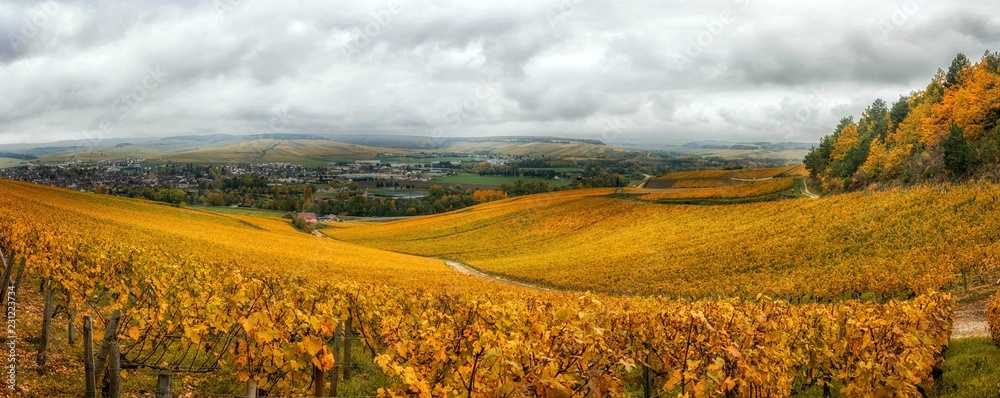 |
| Vin Jaune in a clavelin with Comte cheese |
Imagine how boring life would be if the only wine you had to drink was Chardonnay, or Cabernet Sauvignon. Some people are good with that and others, like me, want something different.
Such as, Vin Jaune, or "yellow wine," an unusual French wine that is more Spanish, in character, than French. Vin Jaune is made like Sherry, looks like Sherry and tastes like a dry fino.
Another unusual thing about Vin Jaune is it comes in a traditional embossed bottle , called a clavelin, that until recently has been illegal for sale in the United States. The reasoning is a confusing web of U.S. bureaucratic rules.
Since 1941, the sale of Vin Juane in a clavelin has been illegal, because the 21 oz (620ml) bottle was not approved by the federal government. Yet, it has been seen on store shelves in many places throughout the country.
The irony is that in 1974, the federal agency controlling alcohol allowed 750ml and 375ml bottles, but not 620ml (21 oz), which continued to rule out the 21-ounce clavelin. Then, earlier this year, TTB approved the 21 oz bottle, so the sale of Vin Jaune in clavelin is now legal, which really doesn't change anything.
The Tale of Yellow Wine
France is among the most standardized country in the world with its specific wine appellation (AOC) system. So, how then does a wine anomaly like Vin Jaune continue to exist in such a hide-bound environment?
Vin Jaune is made in small quantities in the foothills of the Jura mountains of eastern France, near the border with Switzerland. Once an important wine region, with extensive vineyards, today planted acreage in Jura is a fraction of what it once was.
Production of Vin Jaune is controlled within four appellations: Chateau-Chalon AOC, Arbois AOC, Cotes de Jura AOC and Vin Jaune l'Etoile AOC.
During the Middle Ages, more than 40 different varieties were used for Jura wines. That number has dropped to five, with Savagnin (blanc) the most important. Savagnin is a very old aromatic grape related to the Traminer, but not as aromatic as Gewurztraminer. Although distinct from Sauvignon Blanc, DNA profiling has shown that Savagnin is the parent of numerous grapes, such as Chenin Blanc and Sauvignon Blanc.
Savagnin undergoes a slow fermentation and then the wine is racked into small 60 gallon barrels and the magic begins. Required aging for Vin Jaune is six years, from harvest to bottling. During that period, winemakers closely monitor the wine, but it is not topped up. At the end of six years, about 60% of the wine remains.
The long oxidation causes a space to open above the wine, forming a thin layer of yeast, which takes up to three years to develop. The yeast film is poetically called vin di voile or the veil. Development of the veil is similar to the growth of flor on fino Sherry, although flor is thicker than the veil and resembles a layer of dirty cottage cheese.
The importance of checking the wine's long maturation progress in wood is to make sure that volatile acidity (VA) doesn't develop. If you've ever smelled vinegar in a wine, chances are that off odor is volatile acidity. VA is the volatile acids in wine, such as acetic acid, that cause the tell tale vinegar smell.
Following barrel aging, Vin Jaune goes directly to bottling, without the fortification that is common in Sherry. The Vin Jaune clavelin, supposedly is named for the amount of wine remaining after six years of aging.
Toasted nuts, especially walnuts, is the primary sensory note shared by both Vin Jaune and fino Sherry. But Vin Jaune develops a complexity from years in oak, with flavors of ripe apples, warm spices like cinnamon, dried fruits and sometimes an underlying cheesy note.
Prices for Vin Jaune in clavelin range from $40 to hundreds of dollars. A search may be required for these producers: Domaine Dugois, Tissot, Domaine Rolet, Jacques Puffeney, Ganenat, Domaine de Montbourgeau, Robert Gilliard, Maison Pierre Overnoy.
A final note: Every year, during the last week of January or first week of February, Vin Jaune producers gather, in a different location, for La Percée du Vin Juane, a festival to celebrate the release of the new vintage of Vin Jaune and local foods such as Comté cheese.
Photo: Wikipedia
Next post: Walla Walla
Leave a comment at boydvino707@gmail.com








